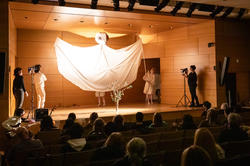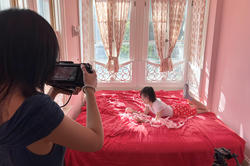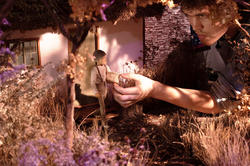Offered through the Film/Animation/Video department, the course was developed by visiting puppeteer Andrew Murdock.
RISD Animation Students Explore Stasis, Motion and the Illusion of Movement
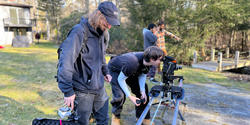
“Despite the ever-changing forms of photographic and imaging technology, animation has always been about using static images to create the illusion of life,” says Film/Animation/Video faculty member Bryan Parcival. The experimental filmmaker and mixed-media artist is teaming up this semester with visiting Fulbright scholar and Estonian filmmaker Ülo Pikkov to teach a new course called Animating Memento Mori. The course encourages students to explore the contradictions and tensions between ideas of stasis, motion and the illusion of movement outside of the traditional studio setting.
The study of animation began at CalArts in the 1970s and ’80s under the direction of late filmmaker Jules Engel. Among the many young animators he mentored were longtime RISD educators Amy Kravitz and Steven Subotnick. “That’s one of the reasons I came to RISD,” says Pikkov, “to learn from the source—the place where Engel’s legacy lives on.”
Pikkov and Parcival both specialize in a type of animation called “pixilation,” a live-action technique in which objects or people are posed, photographed, moved and rephotographed repeatedly, creating a frame-by-frame animation. Parcival describes the process of scouting for objects to be used in the animations as “wyrd walking. It’s not a stroll, but a search,” he adds. “Not a destination, but a journey. Not an observation, but a participation, a collaboration with place and time.”
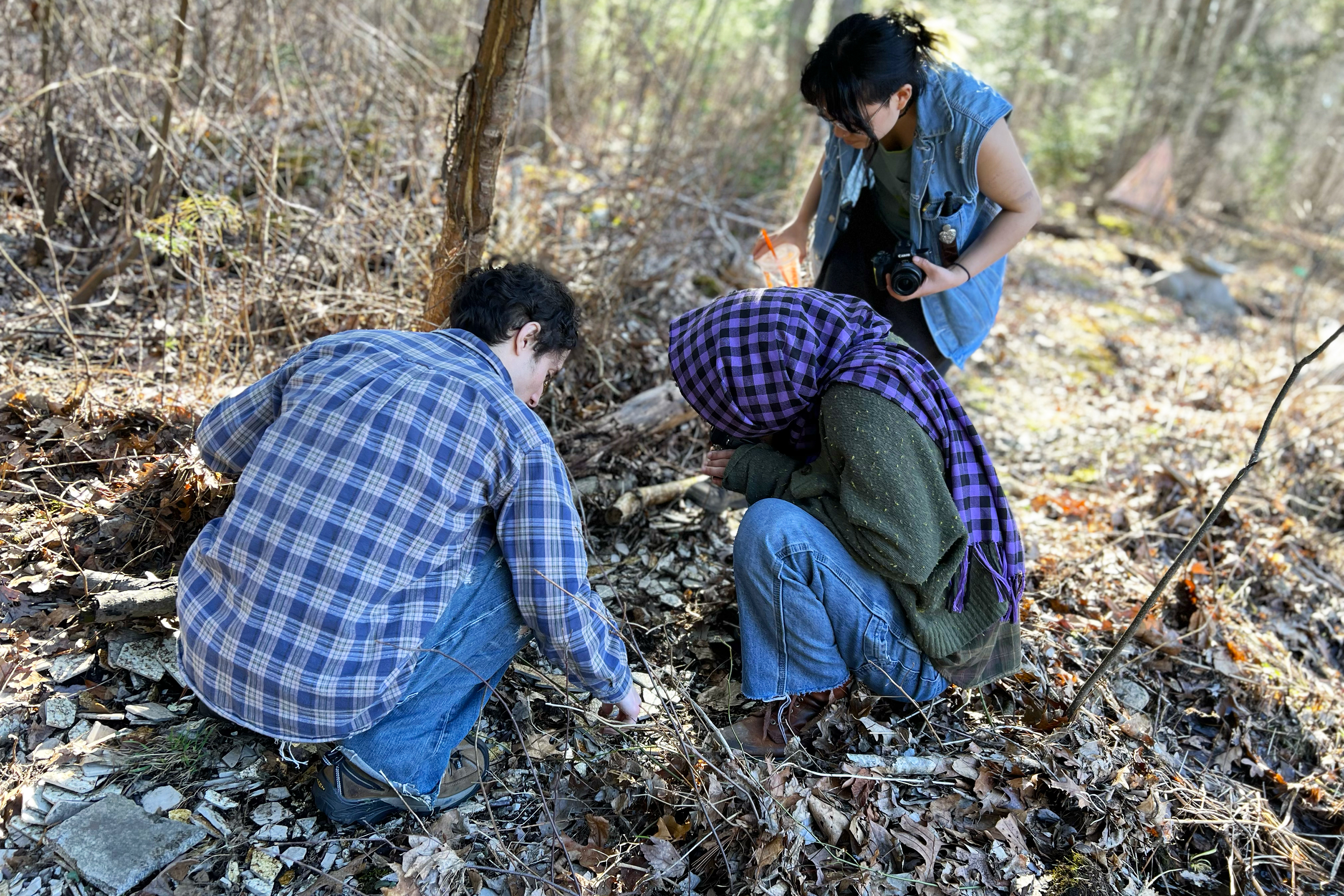
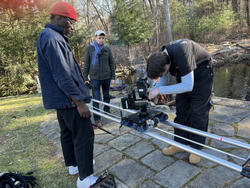
On a sunny March afternoon, the class travels to a rural site in Scituate, RI to do some wyrd walking in a natural setting. Equipped with smart phones, high-tech cameras and lenses and an eMotimo programmable camera track that provides a steady alternative to hand-held camera work, they scout the woods individually and in teams looking for meaningful objects to include in their short pieces. “In this exercise, we ask them to embrace the unstoppable advance of time and inhabit the incremental, observable slices, images and moments,” the faculty team explains.
Senior Jack Bryant 24 FAV is using a 1960s Bolex 16-mm camera in combination with the state-of-the-art eMotimo rig. “This is the kind of experimentation you’ll only see at RISD,” Parcival notes with a laugh. It’s the same camera Bryant is using to create his senior thesis film and one that Parcival frequently uses in his own practice.
He and Pikkov watch as the students prepare the shoot. “The bonfire would look really cool on the high-contrast film,” Parcival offers, “if you tracked it in slow-motion.”
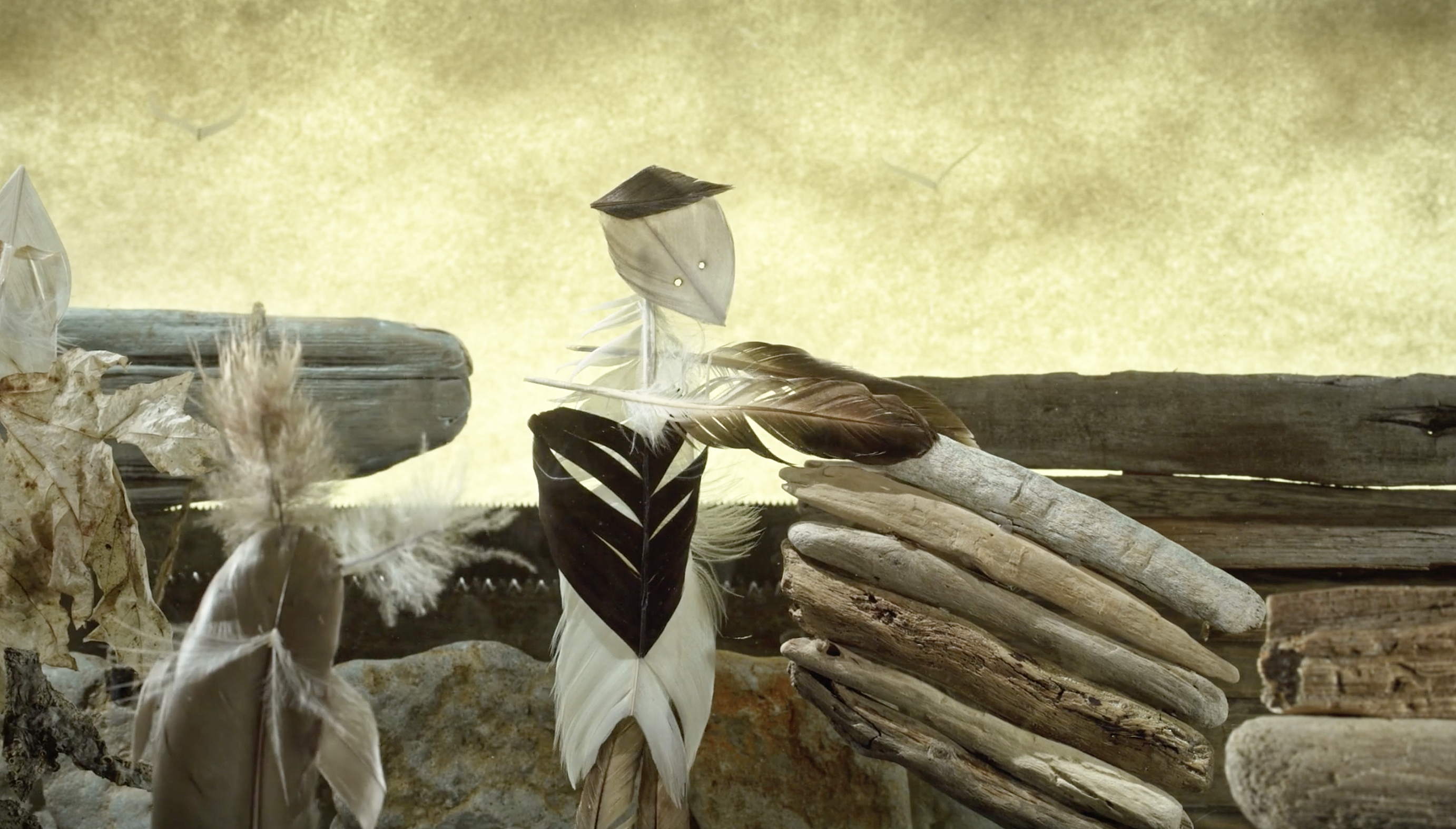
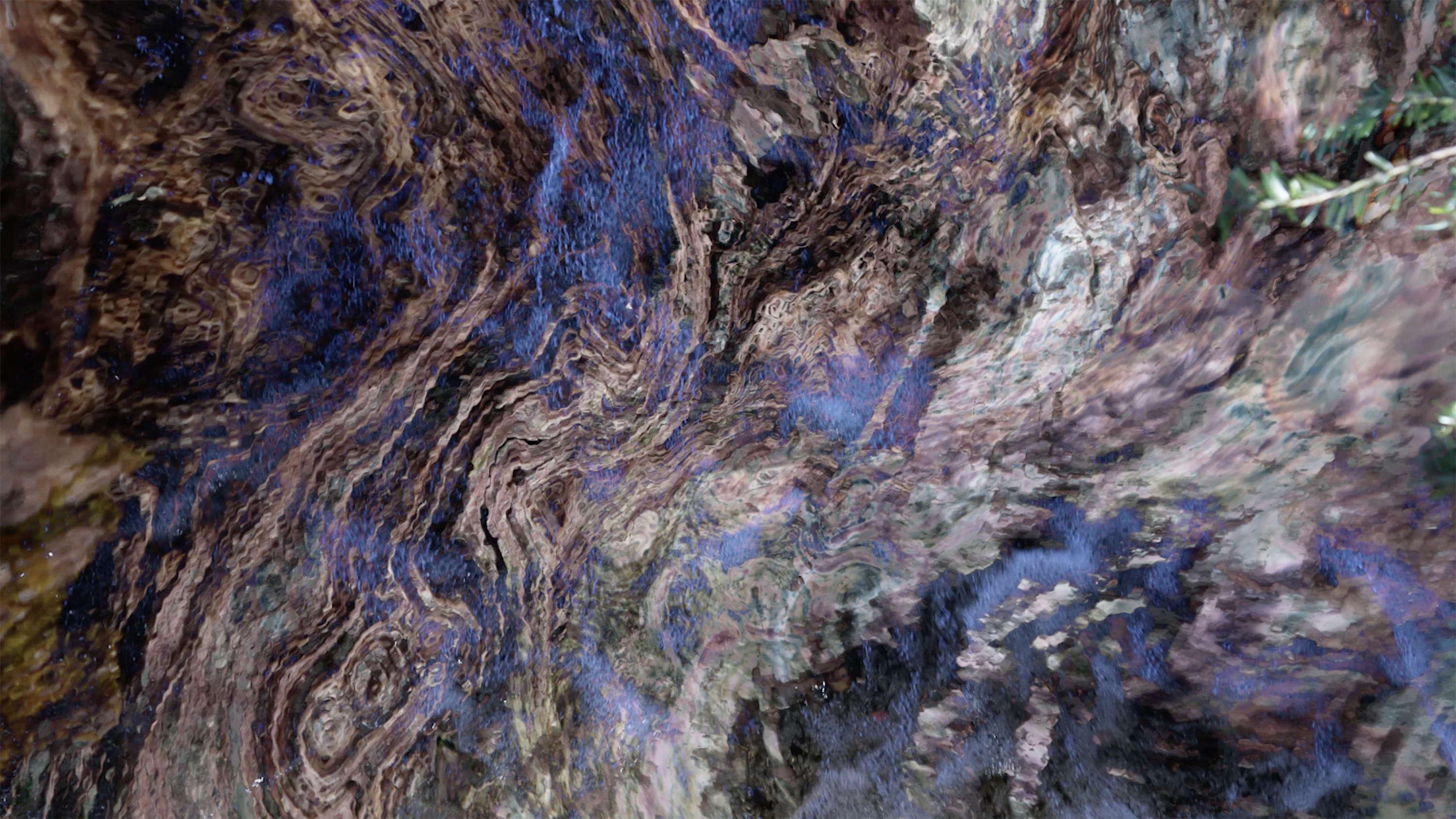
On the other side of a fast-moving stream, Ian Kelewae 25 FAV and Silvy Zhou 25 FAV have discovered shards of broken ceramics that they are arranging and rearranging to create a magical dancing pottery pixilation. Downstream, senior Z Juhn 24 FAV studies a patch of bright green moss growing on a concrete bench. “I’m not sure how I’m going to use it yet,” they say, “but I just love this intense color.”
When the students return to their studios, they’ll use the notes, sketches and images they’ve collected to create short motion-media pieces. The goal of the assignment is to engage the spirit of the place with animation techniques that showcase their unique visions of the natural environment.
“Traditionally, stop-motion animation is all about control,” says Department Head Max Porter 03 FAV. “But this class welcomes the unpredictability of working outside studio confines and pushes students beyond their comfort zones. The class asserts that in order to bring something to life, one must be a part of the world.”
Simone Solondz
April 1, 2024
